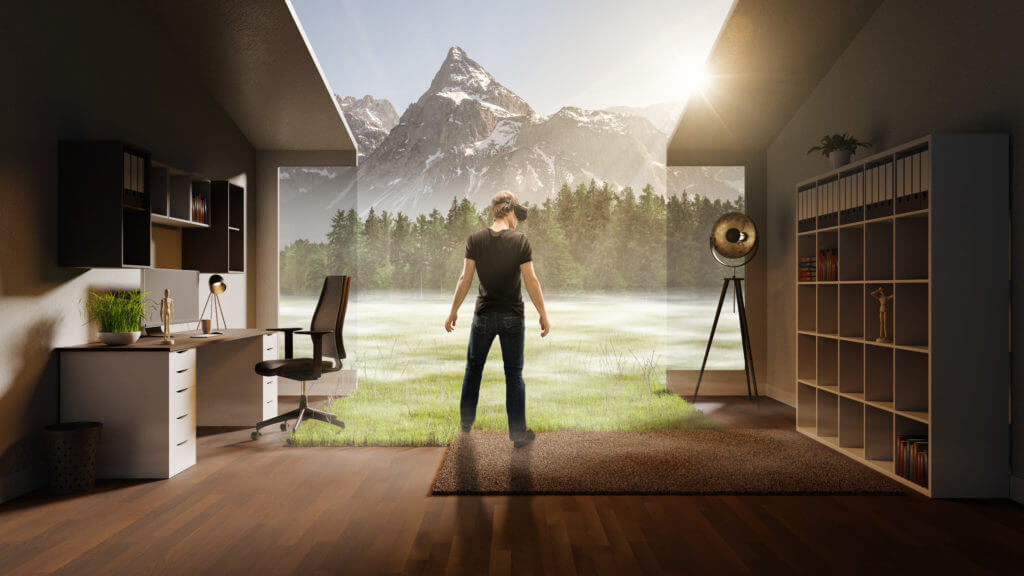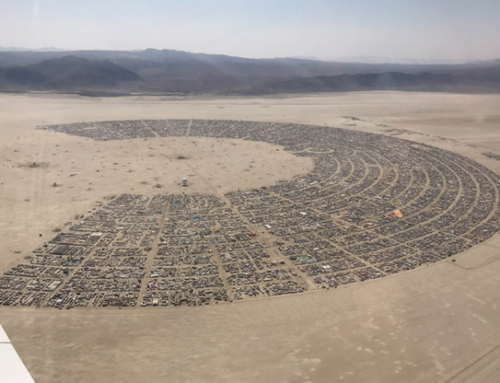Architecture is truly a whole world by itself, yet currently seems culturally taken over by short term thinking and mass commercial interests in our lives.
Just like the past 30 years has been unimaginable in terms of the change in communication, there will be a new era of design and architecture in the future which will totally transform everything we are used to now.
The innovation going on in the world gives so much hope to those who are paying attention to it. With so many highlights coming from innovators in devel from africa and the middle east combining their intelligence and effort in order to facilitate a bright sustainable future for all.
Two bright example that are worth mentioning are: Dr. Amos Darko from Ghana, and Mohammad Hegazy.
- Amos dedicated his PhD research to the adoption and promotion of green building technologies in the developing world and developed a novel “Implementation Strategy” to this end. In developing countries like Ghana, Amos’ home country, cost and lack of government incentives are two major hindrances to the implementation of green building technologies. Dr. Amos plans to engage in interdisciplinary research where models and systems will be developed that adopt building information modelling, artificial intelligence, and other digital technologies for resolving issues in green building practice and projects.
- Muhammad explored the potential of cutting-edge technologies in simulation and communication for designing healthier built environments. In his ongoing PhD study in Japan, Muhammad focuses his research on one aspect of building sustainability: daylighting, which is a crucial factor that can shape both the building’s sustainability performance as well as the well-being and productivity of its occupants. Muhammad focuses on standardising current daylight performance indicators to better reflect the visual and thermal comfort of building occupants, resulting in a balanced design between comfort and energy efficiency.To achieve this, he investigates the potential of new media tools, such as virtual reality, in transcending an immersive experience for the occupants of future buildings. Through this approach, the perception of daylight quality and comfort levels can be interactively assessed at an early stage of design. Furthermore, such feedback can be implemented in the design process in line with other performance simulation metrics.
I am getting very inspired and excited to see some of these projects and ideas and people from all over the world, architecture in our world has a very bright future I have great reason to believe. I can’t wait to see what is coming, together we will make it happen.






